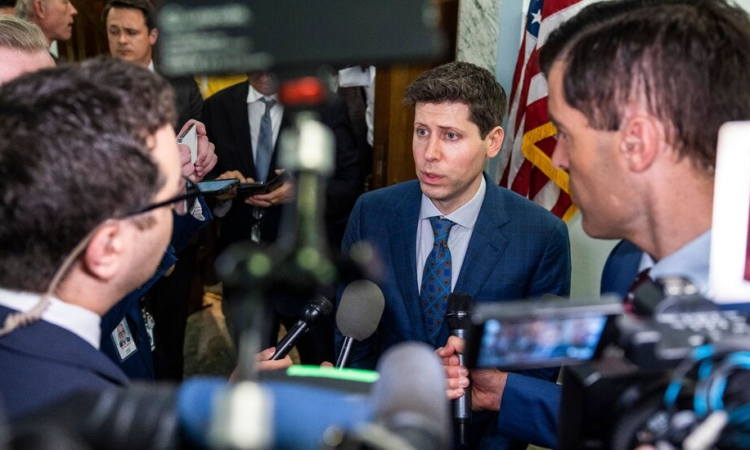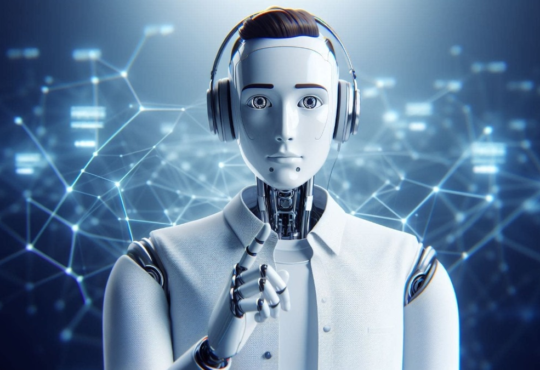A.I. Poses ‘Risk of Extinction,’ Industry Leaders Warn (Published 2023) – The New York Times

Artificial Intelligence
Advertisement
Supported by
Leaders from OpenAI, Google DeepMind, Anthropic and other A.I. labs warn that future systems could be as deadly as pandemics and nuclear weapons.
A group of industry leaders warned on Tuesday that the artificial intelligence technology they were building might one day pose an existential threat to humanity and should be considered a societal risk on a par with pandemics and nuclear wars.
“Mitigating the risk of extinction from A.I. should be a global priority alongside other societal-scale risks, such as pandemics and nuclear war,” reads a one-sentence statement released by the Center for AI Safety, a nonprofit organization. The open letter was signed by more than 350 executives, researchers and engineers working in A.I.
The signatories included top executives from three of the leading A.I. companies: Sam Altman, chief executive of OpenAI; Demis Hassabis, chief executive of Google DeepMind; and Dario Amodei, chief executive of Anthropic.
Geoffrey Hinton and Yoshua Bengio, two of the three researchers who won a Turing Award for their pioneering work on neural networks and are often considered “godfathers” of the modern A.I. movement, signed the statement, as did other prominent researchers in the field. (The third Turing Award winner, Yann LeCun, who leads Meta’s A.I. research efforts, had not signed as of Tuesday.)
The statement comes at a time of growing concern about the potential harms of artificial intelligence. Recent advancements in so-called large language models — the type of A.I. system used by ChatGPT and other chatbots — have raised fears that A.I. could soon be used at scale to spread misinformation and propaganda, or that it could eliminate millions of white-collar jobs.
Eventually, some believe, A.I. could become powerful enough that it could create societal-scale disruptions within a few years if nothing is done to slow it down, though researchers sometimes stop short of explaining how that would happen.
We are having trouble retrieving the article content.
Please enable JavaScript in your browser settings.
Thank you for your patience while we verify access. If you are in Reader mode please exit and log into your Times account, or subscribe for all of The Times.
Thank you for your patience while we verify access.
Already a subscriber? Log in.
Want all of The Times? Subscribe.
Advertisement







